Product Description
Ramen is the Japanese flave of the Asian noodle crave. Like the thicker Udon, ramen’s traditional place is in soups and broths that are meat or, soy, or fish-based broth served with sliced pork, dried nori (seaweed), menma, and green onions.
Real ramen is to the “Cup” of ramen noodles what real cheddar is to American “cheese food.” Ain’t nothin’ like the real thing, ダーリン, ain’t nothin’ like the real thing…
Ramen dishes vary widely from place to place in Japan. Tonkatsu, a pork bone broth ramen, is a thing in Kyushu, but Hokkaido’s happy is a miso-made broth.
Is there special magic to ramen noodles over say, just using angel hair? Quite a bit.
Italian pastas are made with harder durum wheat. Ramen is a softer organic wheat than durham, and their extrusion process to make the noodles and bag them make a perfect meal or late night treat!
WHAT DO I DO WITH THEM?
- Ramen noodle soup;
- Shrimp and shallot fried ramen;
- Yuzu-scented ramen side;
- Ramen egg nest
THE BACKSTORY
Like all global noodle dishes, Ramen is definitely of Chinese origin. Chinese street vendors in Japan in the early 20th century used to peddle noodles and the Chinese dumplings that were adopted as gyoza, Japan’s favorite dumpling.
MY TAKE
There is ramen, and then there is Hakubaku Organic Ramen Noodles. These organic wheat-based noodles are the best ones outside of my homemade that I’ve tried, and I’ve tried a bunch. Even in a sea of ramen options, this is my go-to when I need something quick and I don’t make it fresh myself.


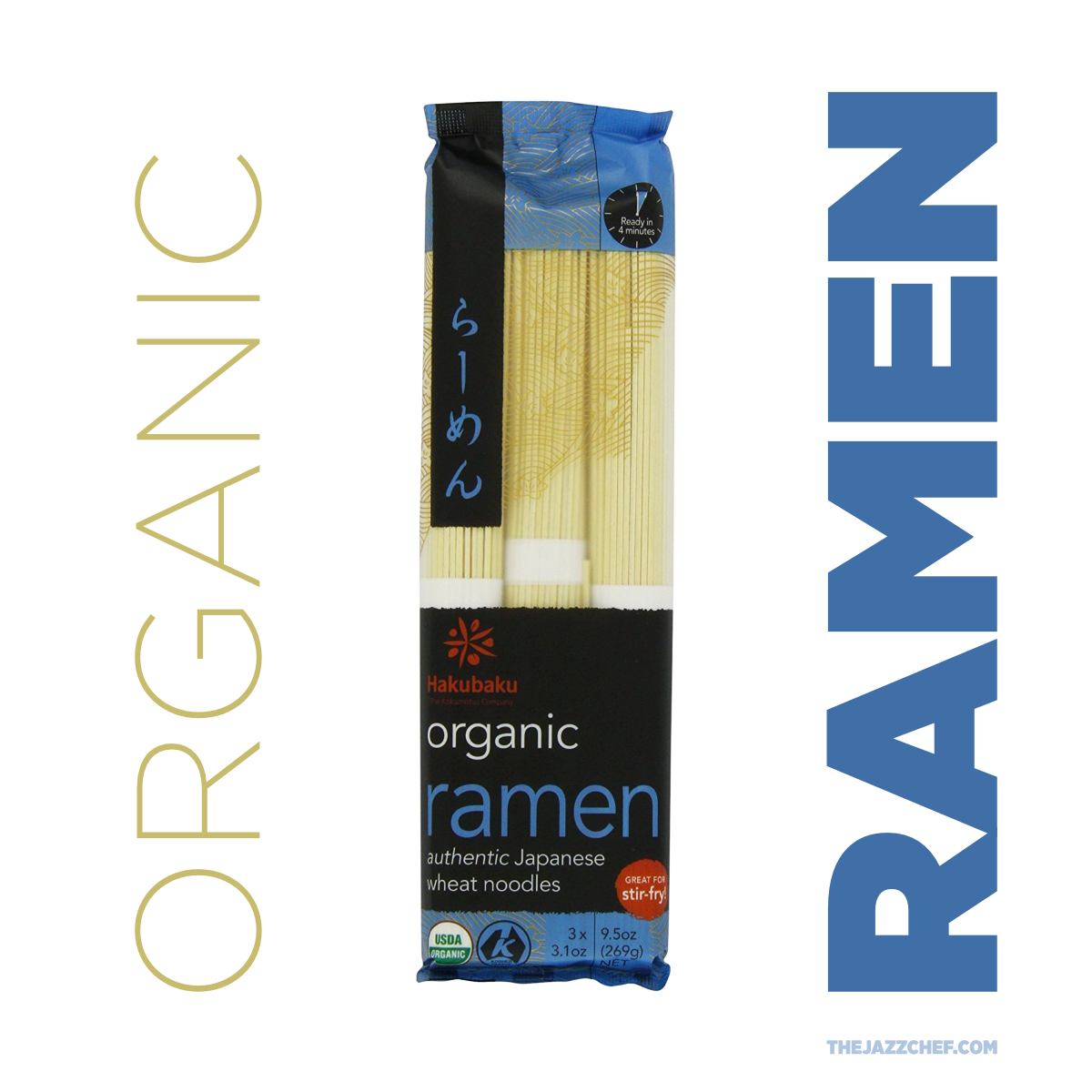
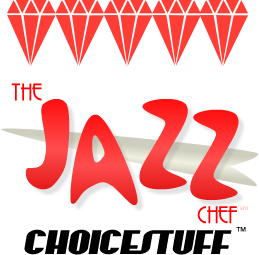
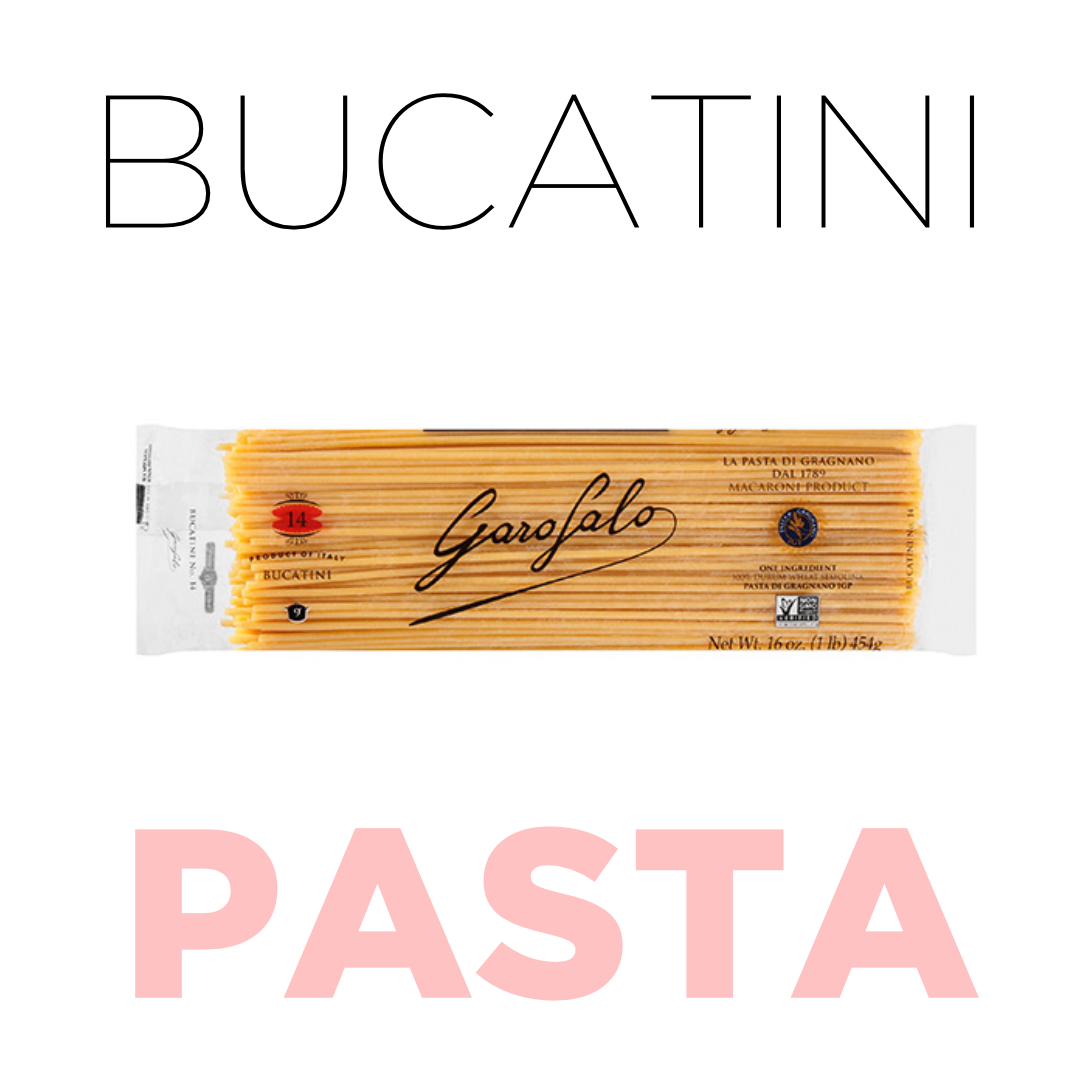
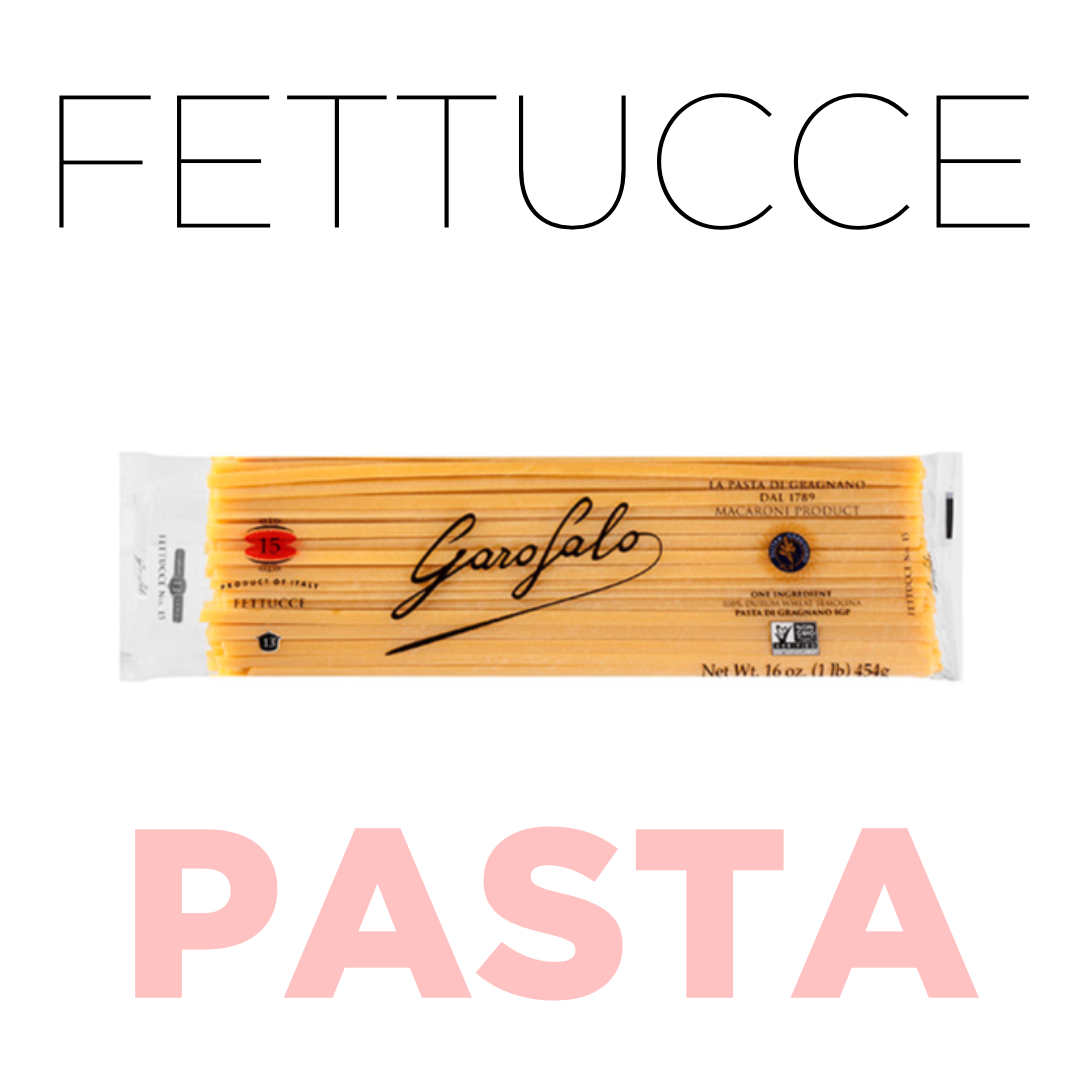
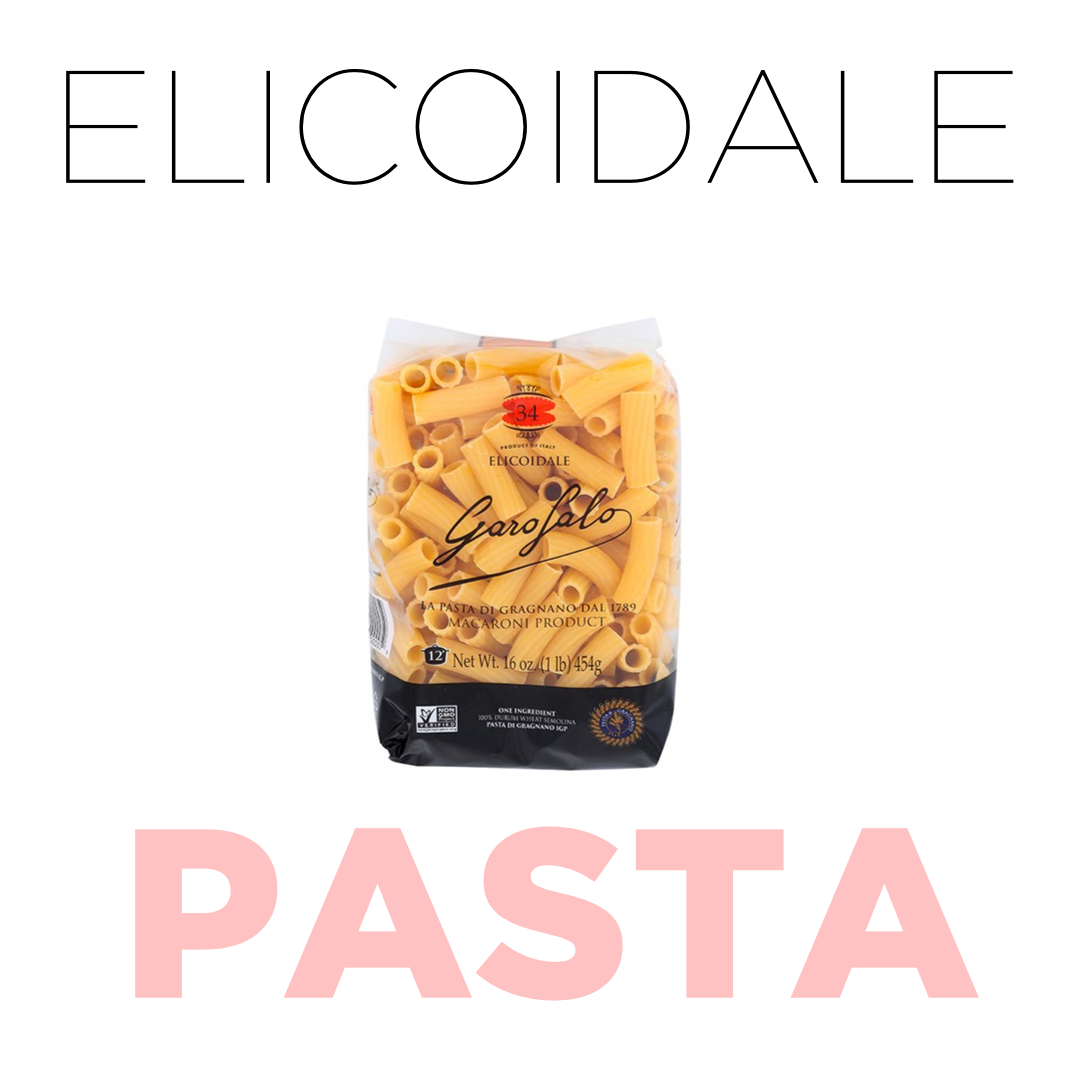
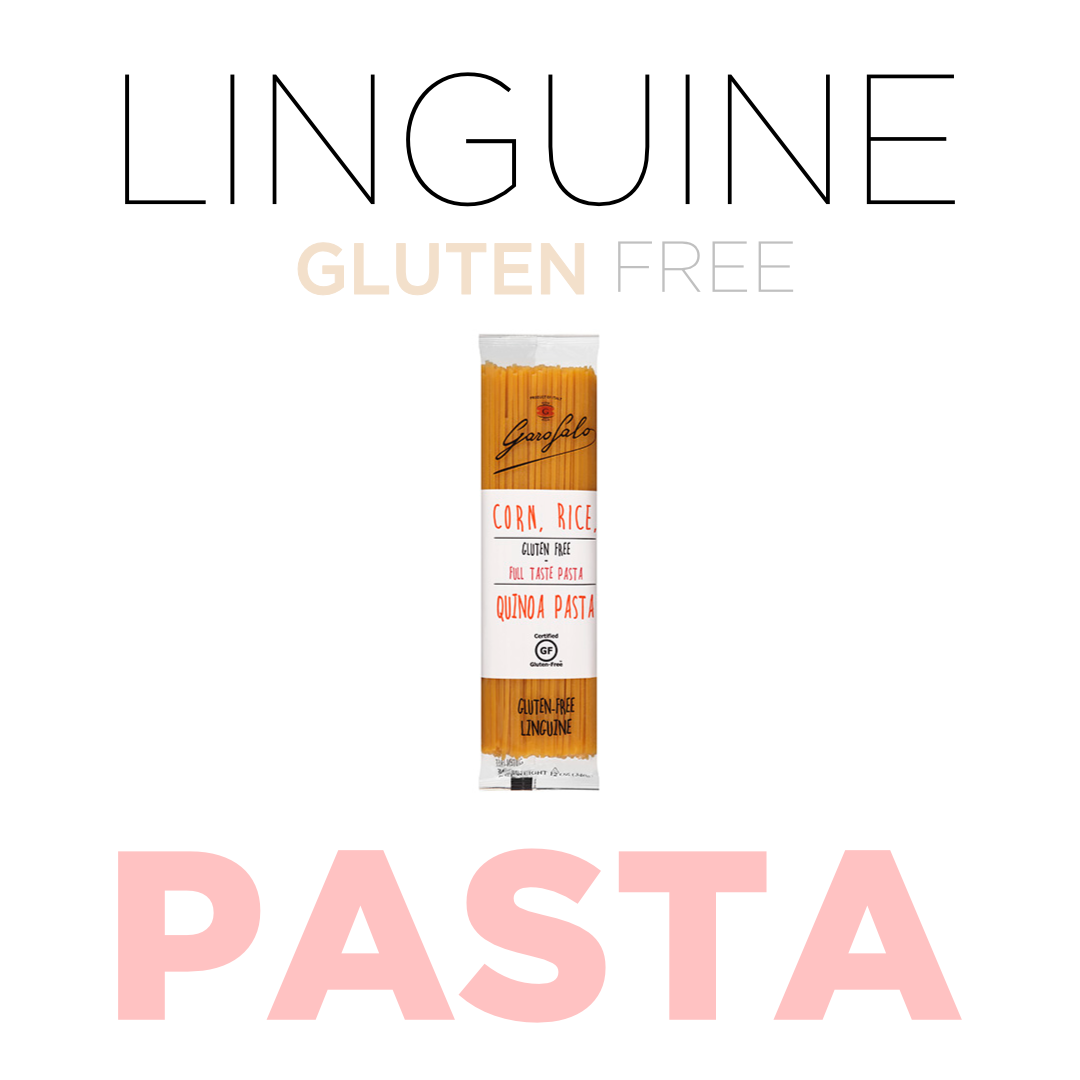
Reviews
There are no reviews yet.